BoatUS On-Water Boat Training, Weekends and Wednesdays through May 30, Southport, NC
NEWS From BoatUS

Boat Owners Association of The United States
5323 Port Royal Road, Springfield, VA 22151
Read this press release online at: https://bit.ly/3d81gN6
FOR IMMEDIATE RELEASE
Press Contact: D. Scott Croft, 703-461-2864, SCroft@BoatUS.com
Photo Available at: https://www.boatus.com/news-room//Images/Releases/Found OWT US Powerboat Training Southport NC photo 3_29_21.jpeg

Take To the Water with
3-Hour On-Water Boat Training Courses
Courses for beginner, experienced boaters and women
held every weekend and Wednesdays through May 30 in Southport
SOUTHPORT, N.C., March 29, 2021 – If you have never tried getting behind the wheel of a boat before, now is your time. US Powerboat Training together with the nonprofit BoatUS Foundation for Boating Safety and Clean Water are offering an easy way to try out recreational powerboating. Five courses, including “Intro to Boating,” “Precision Docking and Boat Handling,” “Open Water Boat Handling,” “Women Making Waves,” and Women’s Precision Docking and Boat Handling” are being held every weekend and Wednesdays through May 30. Course details and signup can be found at BoatUS.org/On-Water. Additional dates are expected to be announced.
Taught aboard single engine powerboats, each 3-hour course is priced at $249 and begins at US Powerboat Training’s location at 606 W. West St. #202 at 9 a.m. or 1 p.m. Class size is limited to four students per vessel, ensuring each student gets sufficient time at the helm under the watchful eye of a U.S. Coast Guard-licensed captain certified to teach the National Safe Boating Council curriculum. The minimum age to participate is 15 years old, and training follows all COVID safety protocols. Early registration is encouraged and there is a two-student minimum for courses.
The “Intro to Boating” course covers centering the wheel, shifting gears, predeparture checklist and station holding, or staying in one place while wind or current effect the boat. “Women Making Waves” offers the same curriculum and is the perfect opportunity to spend a half-day learning boat-handling techniques in a supportive environment.
Both “Precision Docking & Boat Handling” courses cover 180-degree turnarounds, docking on port and starboard, departing from a dock, and using S.C.A.N. procedures to avoid distracted boating. “Open Water Boat Handling” includes utilizing boat trim, displacement and planing handling, ferrying, and emergency stopping.
###
About the BoatUS Foundation for Boating Safety and Clean Water:
The BoatUS Foundation for Boating Safety and Clean Water is a national leader promoting safe, clean and responsible boating. Funded primarily by donations from the more than 700,000 members of Boat Owners Association of The United States (BoatUS), the nonprofit provides innovative educational outreach directly to boaters and anglers with the aim of reducing accidents and fatalities, increasing stewardship of America’s waterways and keeping boating safe for all. A range of boating safety courses – including 36 free state courses – can be found at BoatUS.org/Courses.
AREA CRUISERS NET SPONSORING MARINAS
Click Here To View the North Carolina Cruisers’ Net Marina Directory Listing For Southport Marina
Click Here To Open A Chart View Window, Zoomed To the Location of Southport Marina
Click Here To View the North Carolina Cruisers’ Net Marina Directory Listing For Deep Point Marina
Click Here To Open A Chart View Window, Zoomed To the Location of Deep Point Marina
Click Here To View the North Carolina Cruisers’ Net Marina Directory Listing For Bald Head Island Marina
Click Here To Open A Chart View Window, Zoomed To the Location of Bald Head Island Marina




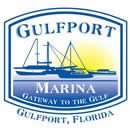








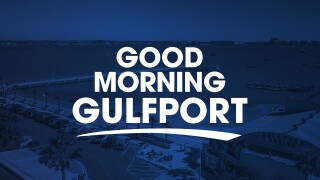


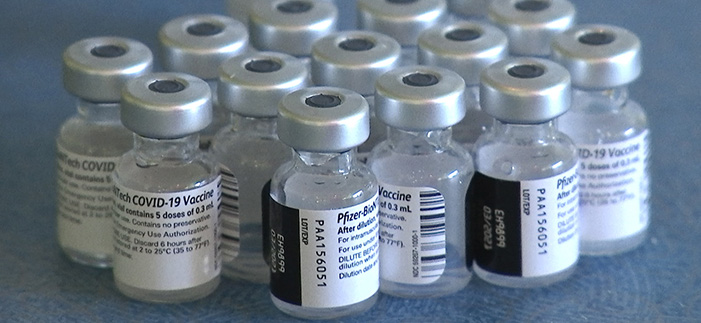





















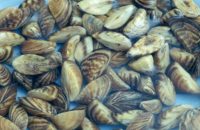


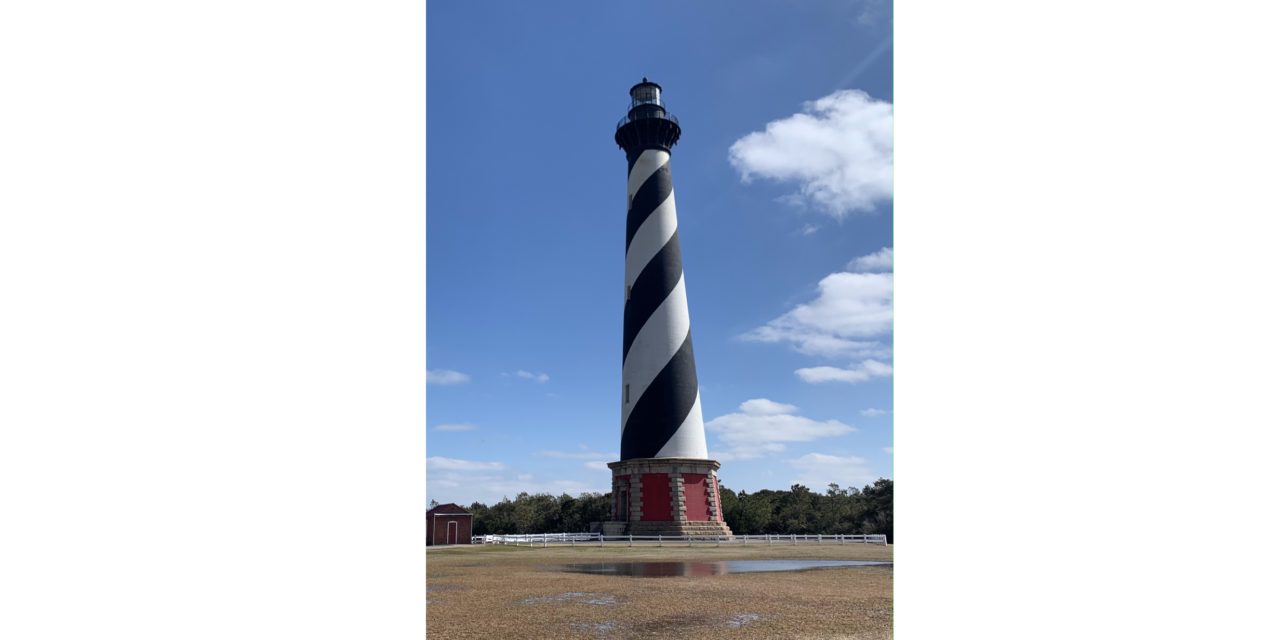
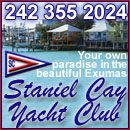






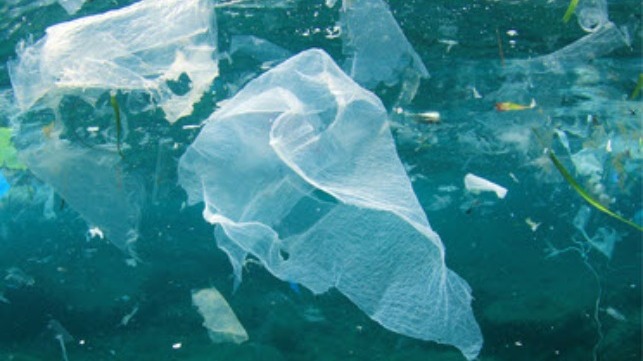






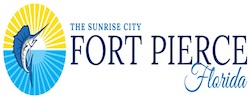
Be the first to comment!